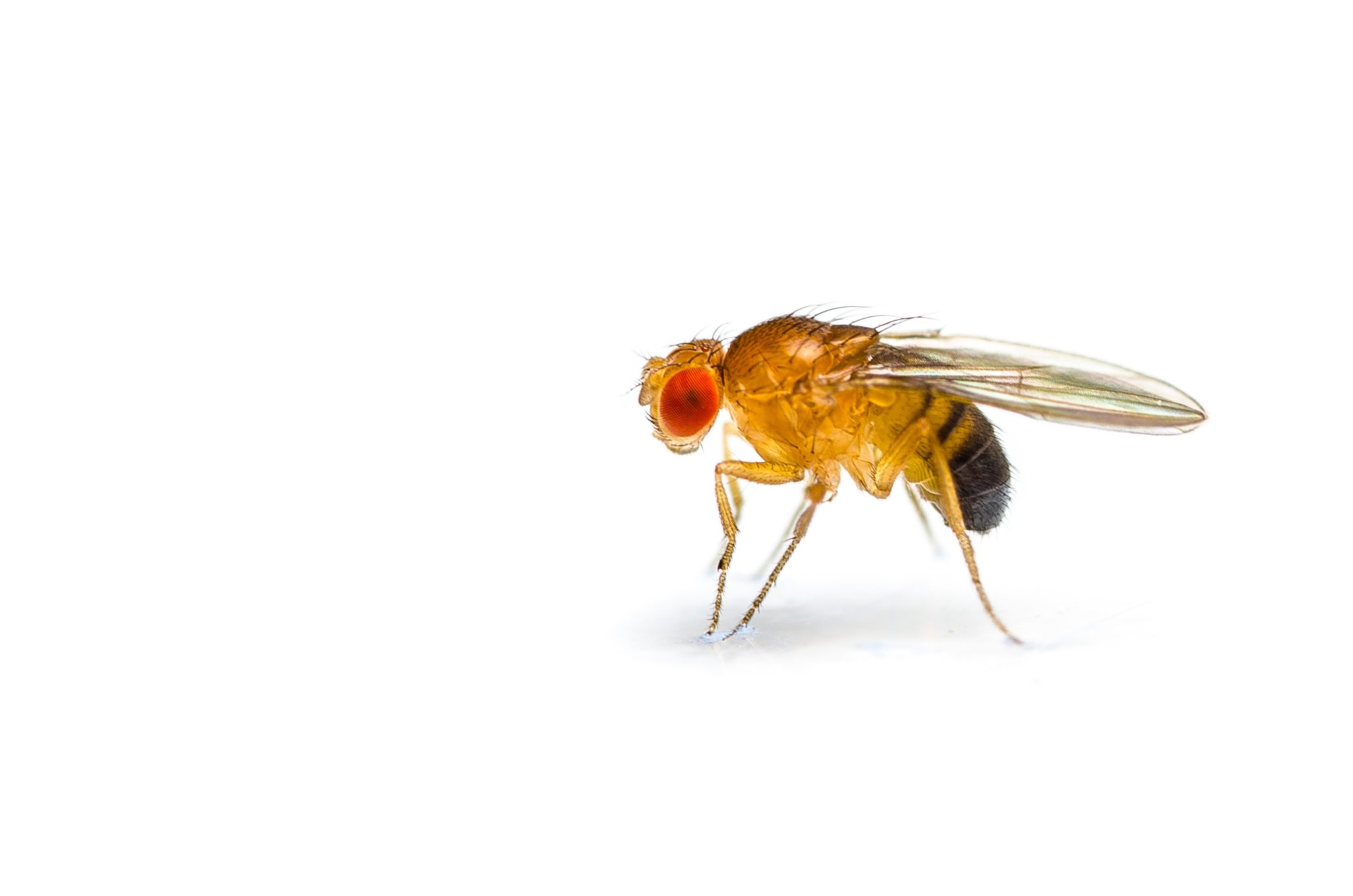By: Andrew Taylor
Small flies that can inhabit the underside of concrete slabs, such as phorid flies, moth flies and small dung flies, can be difficult pests to control. Such pests are often the result of a broken sewage pipe or cracks in the concrete slab, which allows organic materials to accumulate underneath. This past year, I dealt with one such situation at a food-processing facility in Wisconsin that had small dung fly activity. To truly fix an ongoing problem in any facility, you must remove the concrete slab, locate the source of the contamination and fix it, remove contaminated soil and replace with clean soil, and then replace the concrete slab. The problem with that approach is the price tag. Most facilities must classify that recommendation under capital improvements, meaning the flies will be an issue for the foreseeable future.
As pest management professionals we need to have a back-up plan in such situations. Flies emerging from contaminated organic soil likely are bringing pathogens with them. These pathogens present an immediate threat to the product coming out of a facility. In the Wisconsin food-processing facility example, we located a room that appeared to be the source of fly activity. This room was right next to the production area and no efforts were being taken to keep flies out.
Many factors contributed to the fly activity in this room. The room was no longer being used and, as such, the sanitation was lacking. Sanitation at this site consisted of spraying the floors down with water. The room was slated to be repurposed at some point in the distant future. Prior to the room’s deactivation, it was producing a large amount of liquid organic material that was able to get under the slab and fester.
DOWN AND DIRTY
The festering organic material was verified when we started drilling pilot holes and sticking metal rods into the flooring, only to come up with putrid soil (holes were drilled in a 4-foot by 4-foot grid pattern). I met with my team and we decided to try a sub-slab foam treatment with Nibor-D, DSV, NyGuard IGR and a foaming agent. I wanted a chemical that would hold up in an area with extensive bacterial activity. Nibor-D is a mineral insecticide that cannot be broken down by bacteria. DSV eliminates the eggs of small flies, and can be used to disinfect and sanitize areas with high-bacteria activity. NyGuard IGR is great at breaking the life cycle of small flies and other labeled insects.
Finally, a foaming agent was used to help make sure all surfaces were evenly coated underneath the slab. Every slab has voids created when the soil and the slab settle after it is constructed. A liquid spray just wouldn’t be as effective since foam moves in three dimensions, coating all surfaces. I wanted to coat everything and turn contaminated soil and surfaces into a bait for emerging flies.
The treatment went well. The results, however, took a little time to see. There are many species of small dung flies, and each one has a slightly different life cycle. Some can take a month to complete their life cycle, while others can take up to six months to do so.
The room we treated had an attic space and an exterior wall with hollow block. Prior to our treatment, we placed insect light traps (ILTs) in the attic and the space beneath and caught hundreds of flies each week on all ILTs. The fly activity in the treated room started going down within two weeks, while the attic space activity went on for almost two months.
We theorized that the emerging small dung flies were coming up through the hollow block to mate in the attic space. As a result, a week after our sub-slab treatment, we did a foam treatment with Termidor SC in the exterior hollow block wall voids. That additional treatment seemed to help, and the small dung fly activity in the attic dropped to almost zero at the end of the two months after our initial treatment. We were up-front with the client and made it clear that this was a temporary solution, and at best the residual would last about six months.
To our surprise, the treatment held the flies at bay for an entire year. It was especially reassuring to be able to visually see the reduced fly activity on our trending reports. The area we treated now had no small dung fly activity at all.
FINAL THOUGHTS
Take the time to think outside of the box. To my knowledge, this is the first time we performed this type of treatment. As a result of the success mentioned here, we started performing the treatment with other clients in similar situations. I never would have developed this process if I had simply put the responsibility of tearing up the slab back on the client. The point is, there are many treatment alternatives we can use in the field. It may just take stopping to think outside of the standard pest control solution box. You owe it to your clients.
Andrew Taylor, BCE, is the Technical Director for Plunkett’s Pest Control. He is a board-certified entomologist and graduate from the University of Florida, with a B.S. in entomology, urban pest management.
This Tech Talk article was originally published in the September 2020 edition of PCT magazine.

